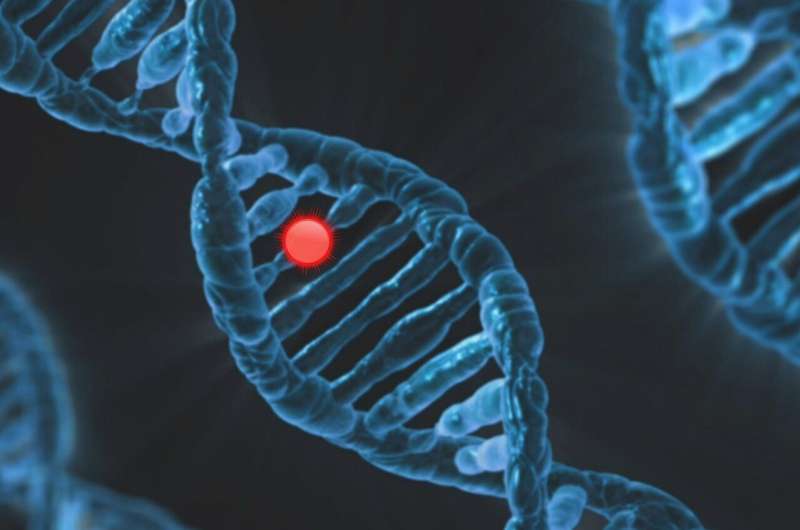Breakthrough in Mitochondrial Donation: Eight Healthy Babies Born Using Genetic Technology from Three People

The first eight healthy children born through mitochondrial donation in the UK mark a major scientific milestone, offering hope for families affected by genetic disorders. However, ongoing questions about safety, effectiveness, and transparency highlight the need for continued research and responsible governance.
A significant milestone has been achieved in reproductive medicine with the birth of eight children via mitochondrial donation—an innovative technique designed to prevent the transmission of devastating genetic diseases. This milestone comes ten years after the UK first legalised the procedure. The process involves creating an embryo using genetic material from three individuals: nuclear DNA from the parents and healthy mitochondrial DNA from a donor egg, offering hope to families carrying faulty genes that cause disorders like Leigh syndrome, which impair cellular energy production and can result in severe disabilities or death in infants.
The Newcastle team developed this technique, and their results have been published in the New England Journal of Medicine, marking a historic moment for scientific progress. The method was used to assist 22 women, all of whom carry genetic mutations linked to serious mitochondrial diseases. The successful births have been celebrated as a breakthrough, especially by scientists and patient groups, who see it as a step toward eliminating certain inherited disorders.
However, this achievement raises multiple questions. Despite the initial excitement, concerns about the long-term safety, efficacy, and ethical implications remain. One issue involves the longevity and stability of the mitochondrial DNA, as in two of the eight cases, higher levels of maternal mitochondrial DNA were detected, indicating the potential reemergence of faulty mitochondria. This possibility of a 'reversal' has been highlighted in recent studies, suggesting the risk that the genetic correction might not be permanent.
Moreover, transparency around the process and outcomes is a concern, as it has taken years for these results to surface publicly, despite substantial public funding. While the UK regulator approved 32 applications since 2017, only 22 cases resulted in live births, questioning the robustness of the data supporting the procedure's success. This discrepancy prompts reflection on whether the effort and investment over nearly two decades justify the outcomes.
Safety remains a pivotal issue. The presence of residual or reasserting faulty mitochondrial DNA could pose health risks for the children born through this technology. Experts suggest that the technique might be better tested on women without mitochondrial mutations to understand the risk of reversion before wider clinical applications.
Additionally, understanding patient experiences—why some applications were rejected and why only a subset proceeded—is critical. The feelings of those who were unable to access the treatment or whose attempts failed are important to consider, ensuring ethical transparency and support for affected families.
In conclusion, while the birth of these children signifies a remarkable scientific achievement capable of transforming lives, it also underscores the necessity for ongoing research, transparent reporting, and cautious application of new reproductive technologies. The UK’s leadership position in this field depends on responsible governance that balances innovation with safety, ethics, and honesty to the families involved. Further evidence and long-term data are essential to fully understand the benefits and risks of mitochondrial donation as a reproductive option.
Stay Updated with Mia's Feed
Get the latest health & wellness insights delivered straight to your inbox.
Related Articles
New Insights into the Genetic Mutations Behind Weaver Syndrome
Researchers have revealed how mutations in the EZH2 gene actively disrupt chromatin regulation, driving Weaver syndrome and related overgrowth conditions. This discovery advances understanding of genetic and epigenetic factors in developmental disorders.
Promising Results for GLP-1 Receptor Agonists in Reducing Chronic Migraine Frequency
A pilot study reveals that GLP-1 receptor agonists, such as liraglutide, may significantly reduce the frequency of chronic migraines, offering new hope for treatment-resistant patients.
Enhancing Hospital Discharge Summaries: A Call for Tailored Communication
A new study highlights the need for personalized and purpose-driven hospital discharge summaries to improve patient care and enhance communication between hospitals and GPs. Experts emphasize understanding GP perspectives for better discharge communication.



